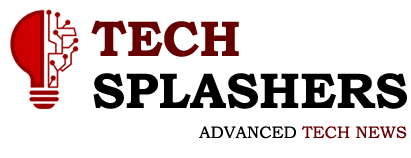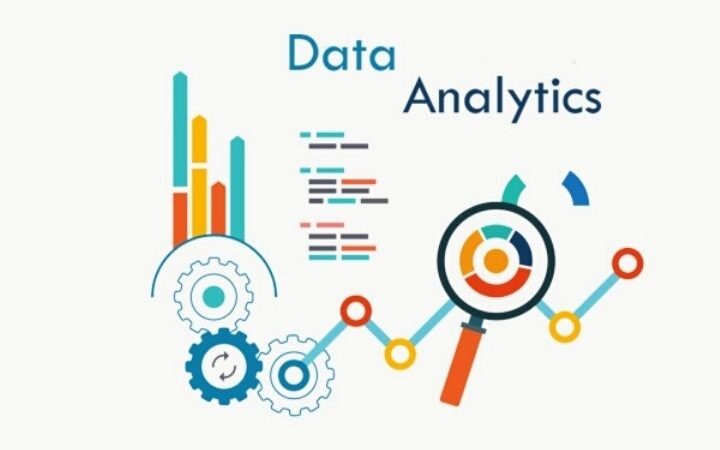IT Science Applied To Business

The study of information and AI profoundly affect business and are quickly getting basic for separation and in some cases the endurance of the organization. Do you realize how to misuse the capability of IT science to increase an upper hand?
Information technology (IT) is an area in constant innovation thanks to the emergence of new sciences, disciplines, fields of development and research. All particularly focused on companies. Let’s see then, what is the impact of IT science applied to business.
The Impact Of IT Science
Although, until not too long ago, the systems engineer or the database architect were the most specialized profiles of the IT sector of the company, today the evolution of IT science has allowed new professionals such as the big data analyst or data scientist.
In fact, these IT professionals in Spain have salaries up to 24% higher than the average.
Expanding and increasing the capabilities of this Department are not the only changes that data science is promoting. According to Gartner, the impact of IT science on the business is noticeable in 5 areas:
- Innovation: Drive new ideas and business disruptions based on data science.
- Exploration – allows you to explore unknown transformation patterns in data.
- Prototypes – makes it possible to challenge the status quo with radical new solutions.
- Accuracy: IT science focuses on continuously and iteratively improving existing processes and products.
- Prevention and compliance: allows you to identify the drivers of certain situations that could negatively affect your business.
The cloud is the environment for accelerating the development of IT science and expanding the scope of its discovery, enabling disruption in markets. For this reason, cloud computing and data science are considered inseparable.
Limitations To The Potential Of IT Science
However, despite the great benefits it represents for the digital company and the changes for the better that it promotes, sometimes IT science does not bring the expected value to the business. This can be due to the following reasons:
- The gap between business objectives and analytical efforts, moving in opposite directions without achieving the synchronization that would help the business take advantage of the opportunities presented to it.
- The lack of discipline in the measurement of results, which causes imbalances or prevents trends that would force a change in the course of action of the company’s strategy.
- The lack of agility in the planning of Big Data analysis projects, which are usually highly exploratory and with uncertain results since, by focusing on a few high-risk efforts, the probability of failure increases.
As with most initiatives that end up being viewed as a success, in terms of performance and cost-effectiveness, making an IT science program effective can take considerable effort and will most likely require several iterations before it can be structured properly. effective.
But do not give up. In the midst of the analytics era and competing in a data-driven world, leading firms that have already developed strong IT science projects are not only succeeding in excelling in their own industries but are also looking for avenues to enable them. cause disruption in other sectors.






